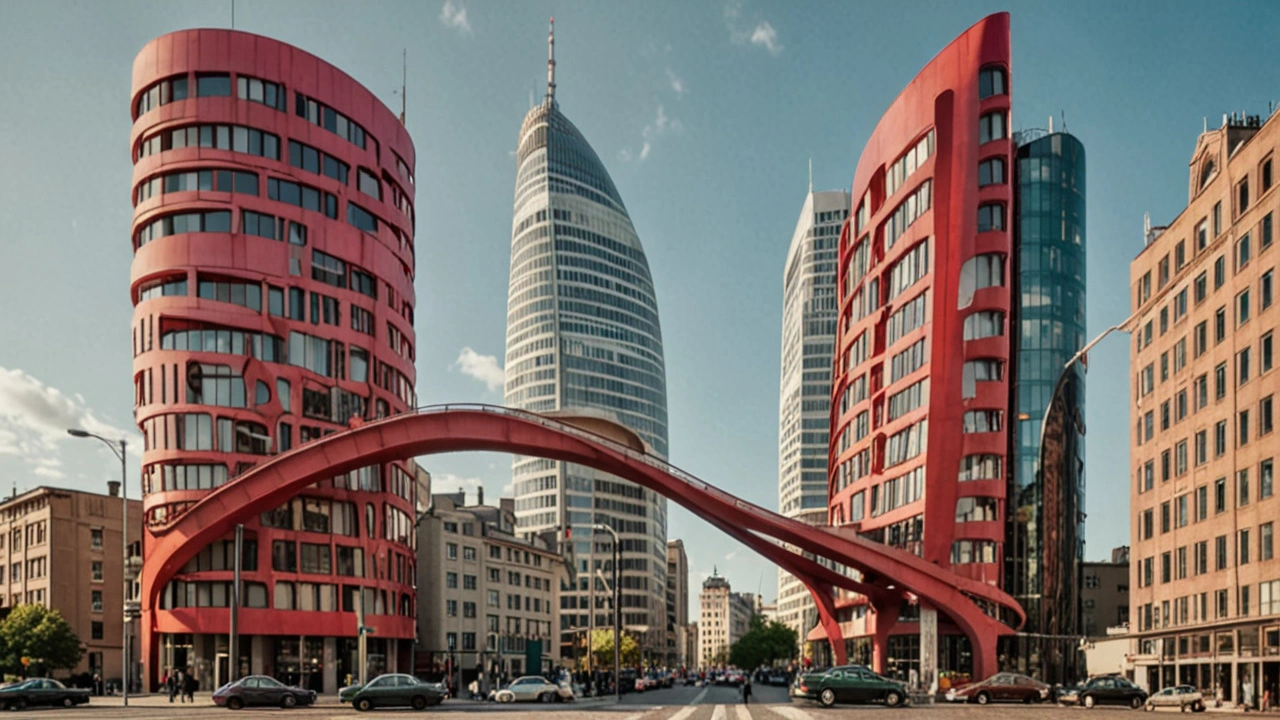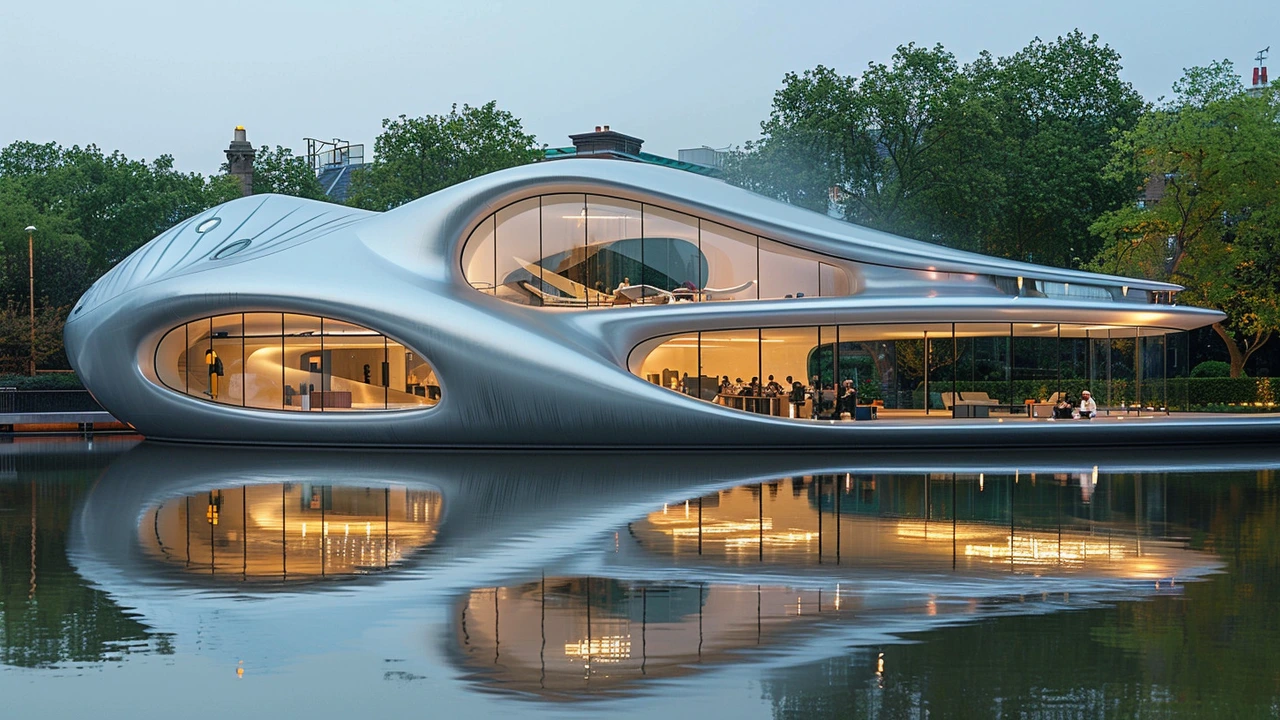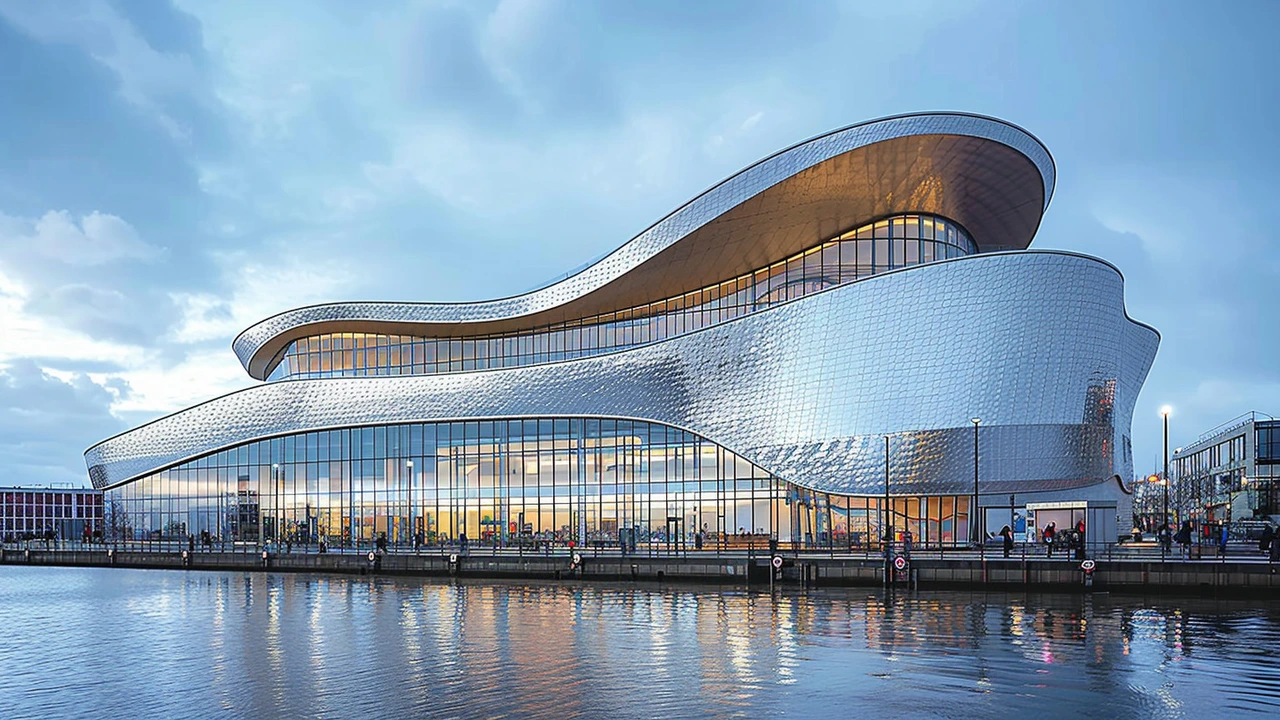Expressionist architecture, with its bold and imaginative designs, has redefined the built environment since its emergence in the early 20th century. Known for its dramatic and emotional qualities, expressionist buildings often feature non-traditional shapes and creative use of materials. This article delves into how this architectural style transformed urban landscapes, the prominent architects behind it, and its lasting impact on modern architecture. Readers will gain insight into the unique characteristics of expressionist architecture and learn how it continues to inspire contemporary designs.
Expressionist architecture: bold, strange, emotional buildings
Ever seen a building that looks more like a sculpture than a house? That's expressionist architecture — architects pushing form to stir feelings, not just hold people. It exploded in the early 1900s, mostly in Germany, when designers wanted to break from classical order and reflect rapid social change.
Instead of flat boxes, expressionist buildings use curves, jagged angles, and unusual silhouettes. Materials range from brick and concrete to glass and tile, often treated in tactile ways so surfaces catch light and shadow. Architects aimed for drama: roofs that soar, windows that twist, facades that seem to move. The goal was emotional impact — to make you feel something as you walk by.
How to spot expressionist architecture
Look for organic or exaggerated shapes that ignore right angles. Notice if ornament feels carved or molded rather than applied. Brick expressionism is common: patterns, sculpted brickwork, and bold vertical lines. Also watch for sculptural entrances, narrow slit windows, and rooftop elements that read like crowns or waves. If a building makes you pause and ask "Why does that look like that?" you've probably found it.
Key names to remember: Erich Mendelsohn, Bruno Taut, and Hans Poelzig. Mendelsohn’s Einstein Tower in Potsdam bends concrete into a telescope-like form. Taut’s Glass Pavilion used light and color to shock visitors. Poelzig’s Großes Schauspielhaus embraced cavernous, organic interiors with hanging lamps and rough surfaces. In the Netherlands and northern Germany, the Amsterdam School and Brick Expressionism adapted those ideas into apartment blocks and banks, making everyday buildings feel dramatic.
Expressionism also mixed art and politics. After World War I, many architects wanted a new visual language to match social change. Some projects were utopian housing schemes; others were theaters or churches meant to unite communities through shared experience. That mix of idealism and theatrical design gives the movement its unpredictable character.
Using expressionist ideas today
You don’t need a weird façade to borrow from expressionism. Start small: bold entryways, curved interior walls, textured surfaces, or unexpected window shapes. Use light purposely — colored glass, angled skylights, and shadow patterns create mood. For gardens and public spaces, sculptural forms and seating can echo expressionist drama without breaking budgets. The point is emotion: design to make people feel curiosity, shelter, or awe.
Today, digital tools and new materials let architects echo expressionist drama without giant budgets. Parametric modeling makes complex curves buildable; engineered timber, fiber-reinforced concrete, and recycled panels cut costs and environmental impact. Small firms use CNC-cut screens and sculpted plaster to give façades movement. If you're working on a renovation, ask builders about these options — you might get a dramatic result that feels modern and true to expressionist spirit.
If you travel, visit Potsdam, Berlin, or Amsterdam to see classic examples. Closer to home, scan older neighborhoods for brickwork that doesn’t quite fit standard rows — those are often local takes on expressionist ideas. Take photos, sketch what surprises you, and think about how one bold detail could change a room or street.
Dive into the world of Expressionist Architecture and discover the unique features that set it apart. Delve into the historical context that gave birth to this fascinating style, explore its most distinctive characteristics, and learn about the iconic buildings that exemplify Expressionist architecture at its finest. This article offers a deep dive into the topic, providing readers with a thorough understanding of its significance and enduring appeal in the world of architectural design.
Delve into the captivating realm of Expressionist Architecture, a movement that has fascinated enthusiasts and professionals alike for over a century. This article navigates through the origins, characteristics, and lasting influence of this dynamic architectural style. Discover iconic structures that exemplify the movement's innovative approach to design, learn about the figures who played pivotal roles in its development, and gain insights into how contemporary architects are influenced by Expressionist principles. Perfect for architecture aficionados and curious minds alike, this piece offers an in-depth exploration of one of the most visually striking and emotionally charged architectural styles.
Explore the thrilling future of Expressionist Architecture - a field ripe with innovation and boundless creativity. This article delves into how emerging technologies, environmental concerns, and changing social dynamics are influencing the realm of Expressionist Architecture. From the integration of sustainable materials to the adoption of virtual reality in design processes, uncover the major trends and predictions expected to shape the architectural landscape. This comprehensive guide not only offers insights into the direction in which Expressionist Architecture is headed but also provides valuable tips for professionals aiming to stay at the forefront of design innovation.




